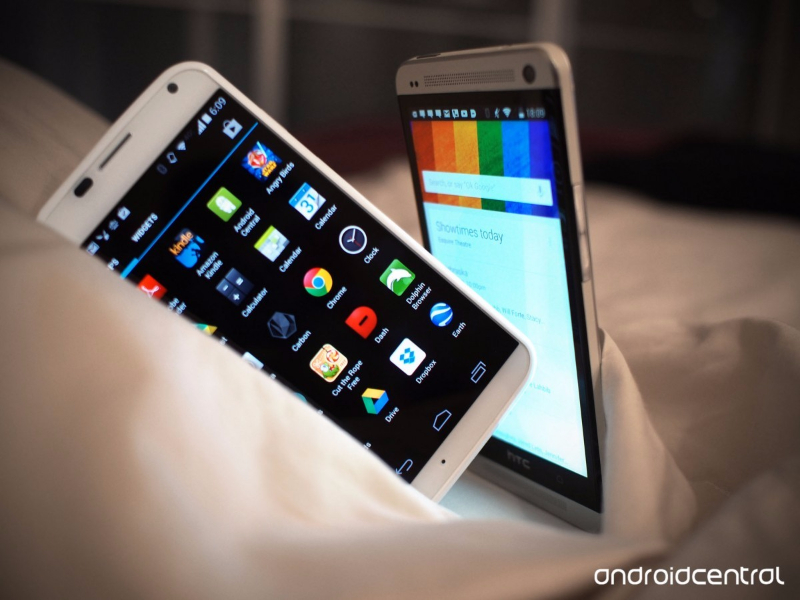 The Internet of Things is the new industrial revolution. It’s part of an era-shift taking place in history, driven by extraordinary computing power, unprecedented access to information, and a social web that connects us not only to each other, but also – eventually – to every object in the world.
The Internet of Things is the new industrial revolution. It’s part of an era-shift taking place in history, driven by extraordinary computing power, unprecedented access to information, and a social web that connects us not only to each other, but also – eventually – to every object in the world.
This revolution is happening as much at a personal level as it is within businesses and the infrastructure around us. Smartphones and apps increasingly allow us to personally connect to and interact with the electronic objects in the world around us, receiving real time data from and allowing instant control of these objects. Personal fitness tracking devices are just the start. Soon we’ll have any number of medical devices in and on our bodies, receiving real-time feedback on what is happening in and to us.
With this level of computing power, information and control available to us as individuals, it should come as no surprise that early applications of the digital and technology revolution have focused on sexual activity.
If the pursuit of pleasure is a basic human instinct, and sexual activity a primal urge of all animals, then anything we can do to enhance these experiences will be widely accepted. Certain sectors of society will always be somewhat prudish about sexual issues, but in general we live in an age when the activities of consenting adults are considered perfectly acceptable. More than that, they are worthy of enhancement.
There is a sordid side to the sex industry, of course. Prostitution is called “the oldest profession in the world” with some validity. And there are many abusive and exploitative sexual activities that are a blot on our planet’s soul. But that’s not what I am talking about here. What interests me is the amount of effort and resources currently being put into the pursuit of sexual satisfaction, and the ways in which technology advancements in the next few years will be able to assist us in doing this.
The Future of Sex report is now available – click here to download a copy today.


